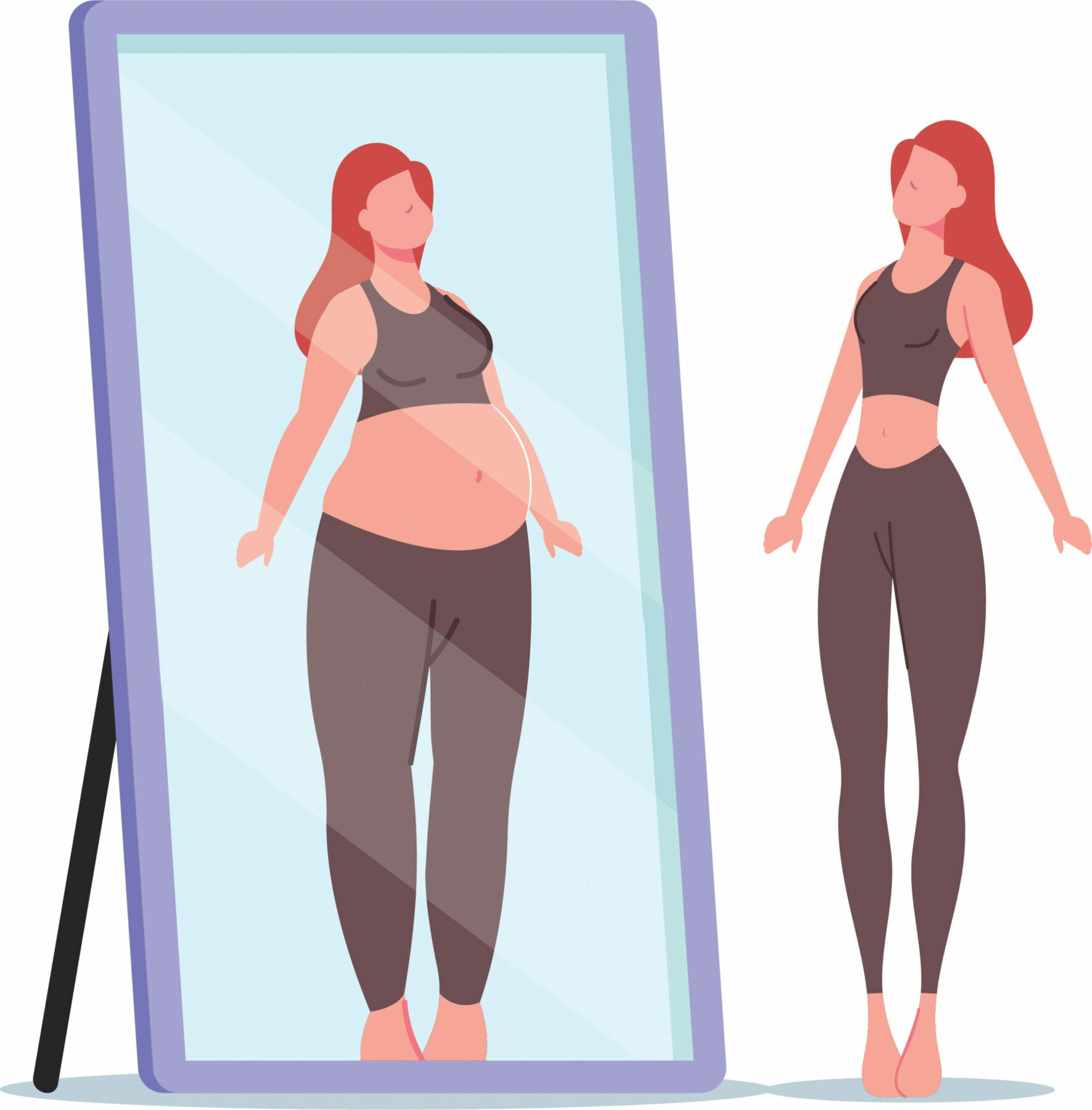The Levels of Eating Disorder Treatment

Eating disorders are a complex mental health issue that presents differently in each case; the National Institute of Mental Health states that these disorders can affect not just mental health but can be life-threatening if not treated. People’s age, race, gender or body weight don’t determine if they’re more likely to have an eating disorder — anyone can develop one.
Veronica Rocha, the founder and director of the Austin Center for Eating Disorders, says there are different levels of treatment available to those struggling with eating disorders. The levels of treatment available include outpatient, intensive outpatient (IOP), partial hospitalization (PHP), residential and inpatient/hospitalization. Each level of care is more intense and is assessed based on the medical risks presented by each patient.
“We need our clients to step down through each individual level of care,” Rocha says. “So, if they start at inpatient, they need to step down to residential and ‘complete’ the program, because skipping through (levels of treatment) increases the risk significantly for lapses and relapse.”
Let’s dive into the different types of treatments and how they work.
Outpatient
Rocha is an outpatient therapist of her own practice; this means she runs the lowest level of treatment available for eating disorders. She oversees a team of three professionals, including two therapists and a registered dietician. The level of support for outpatient care varies on the person from weekly therapy sessions to daily meetings, but typically, the patient is living at home and can live their daily life while also receiving treatment.
Intensive Outpatient (IOP)
IOP treatment typically occurs in a specialized setting where patients attend programming including meetings with therapists, dieticians and doctors a couple of times a week for three hours at a time. Individuals aren’t living in this special setting but rather have the option to attend this treatment virtually or in person while still maintaining their daily schedule of work or school. Group therapy is a hallmark of IOP treatment to assist in the recovery process.

Partial Hospitalization
Partial hospitalization programs (PHP) are longer, more structured programs for individuals who require intensive programming. Each day typically lasts 6 to 8 hours a day, every day of the week, according to the National Alliance for Eating Disorders. While the amount of hours and days per week varies between recovery centers, it is usually streamlined for this level of care. The daily sessions include individual therapy, nutrition counseling, group therapy and supportive meals.
Residential
Residential treatment programs provide 24-hour care to individuals who are medically stable but need supervision to reduce or eliminate self-destructive eating behaviors, such as purging, restricting or binging, according to the National Alliance for Eating Disorders. Residential treatment has more involvement with group therapy, nutrition counseling and individual therapy, with the addition of supervised meals and snacks. Typically, residential treatment is held in a home-like setting.
Inpatient
Inpatient treatment is the most intensive program for individuals with eating disorders; this type of treatment is held in a hospital setting because individuals at this level are not medically stable, which means they might have a very low BMI, abnormal heart rate or even hypothermia, according to Eating Disorder Hope. Along with therapy and nutrition counseling, medical management and meetings with medical doctors are frequent. Individuals at this level require 24-hour supervision and are living within the hospital setting.
–
No matter the treatment, the first step is always to contact your doctor for advice on what to do next. The National Eating Disorder Association has plentiful resources, as well as a hotline, that can help you or a loved one receive the appropriate treatment.
Don’t forget that recovery is possible!






